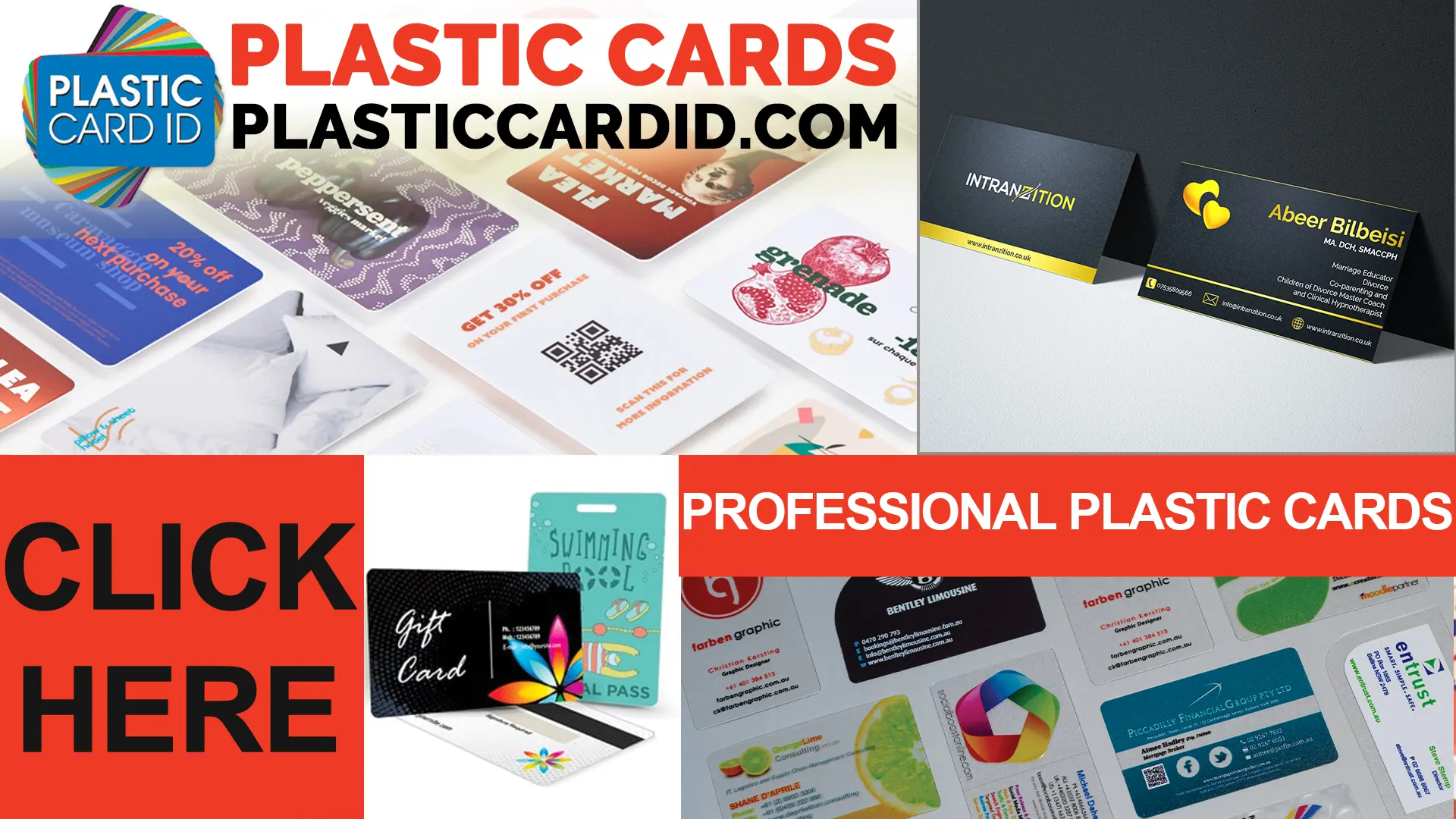Design Tips for Tech Business Cards
Table of Contents []
- Designing Tech Business Cards
- This Page Will Offer Practical Design Tips for Creating Effective and Attractive Business Cards for Technology Professionals
- Understanding Professional Color Schemes
- Importance of Typography
- Essential Contact Information
- Incorporating QR Codes
- Using material to make a difference
- Design Layouts and Templates
- Adding Visual Appeal
- Printing Techniques and Finishes
- Effective Use of Space
- Integration with Digital Tools
- Continuous Updates and Revisions
- Maintaining Consistency with Branding
- Call to Action
Designing Tech Business Cards
This Page Will Offer Practical Design Tips for Creating Effective and Attractive Business Cards for Technology Professionals
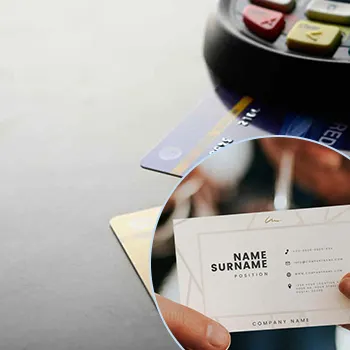
Hey there! If you're in the tech industry, you know how crucial first impressions are. Your business card is often that first point of contact that can make or break a deal. Here at Plastic Card ID, we get it. We understand how important it is to have a business card that's not only functional but also represents you and your brand in the best light possible. Let's dive into some practical design tips to create effective and attractive business cards for technology professionals.
Understanding Professional Color Schemes
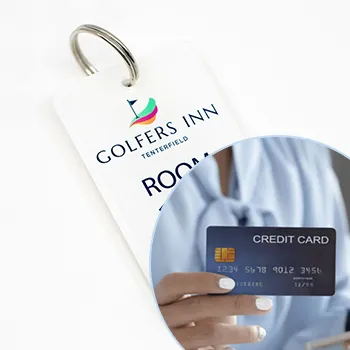
Choosing the right color scheme for your business card is critical. Did you know that colors can evoke emotions and influence perceptions? That's why it's essential to pick colors that align with your brand identity and the message you want to convey. For tech professionals, we often see a lot of blues, blacks, and greys, but there's no hard and fast rule.
Selecting the Perfect Colors
When selecting colors, consider your company's branding and personal style. Are you aiming for a modern, sleek look or something more vibrant and youthful? Stick to 2-3 colors to avoid overwhelming the card's design.
The Psychology of Colors
Colors have psychological impacts that can influence how recipients perceive your brand. For instance, blue signifies trust and professionalism, while green is often associated with innovation and tech-forward thinking.
Examples of Effective Color Schemes
- Blue and White: Evokes trust and reliability.
- Black and Silver: Conveys sophistication and elegance.
- Green and Black: Represents innovation and cutting-edge technology.
Importance of Typography
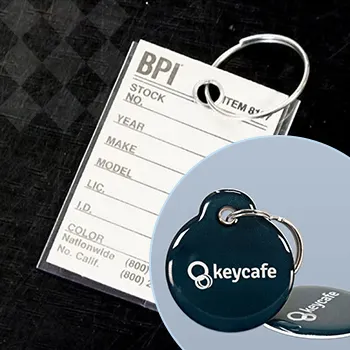
Your card's readability hinges on choosing the right typography. The fonts you choose need to be legible and should complement your overall brand style. It's tempting to get creative, but clarity is key.
Choosing Readable Fonts
Keep it simple. Fonts like Arial, Helvetica, and Roboto are popular for a reason they're straightforward and easy to read. Avoid overly intricate fonts that can become blurry when printed in small sizes.
Pairing Fonts Effectively
Pair a bold font for your name and headlines with a lighter, simpler font for contact information. This adds a visual hierarchy to your card, naturally guiding the reader's eyes to the most important details first.
Font Sizes and Proportions
Maintain consistent font sizes and proportions throughout the card. Your name should be the largest text, followed by your job title and then the contact information. This structure ensures that your key information stands out.
Essential Contact Information
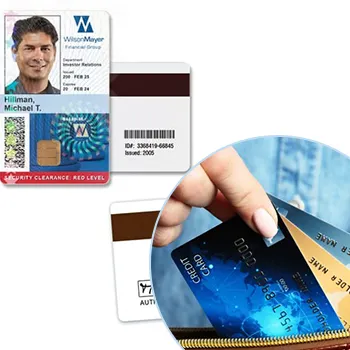
Your business card's primary function is to provide contact information. Leaving out crucial details can mean missed opportunities. A tech professional's card should include several key elements.
Must-Have Elements
Ensure your card includes your name, title, email address, phone number, and company name. These basics make it easy for someone to reach out to you.
Additional Information
Add your website, LinkedIn profile, or any other relevant social media handles. This can offer more routes for people to connect with you and learn about your professional background.
Use of Logos and Icons
Including your company logo can add to your card's professionalism. Icons for email, phone, and social media can also help guide the eye and make the card more visually appealing.
Incorporating QR Codes
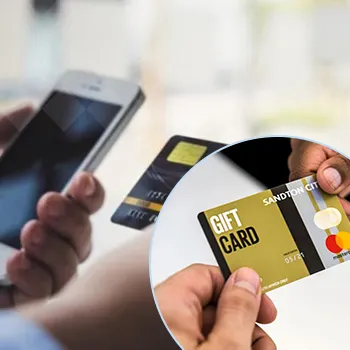
In the digital age, QR codes are an excellent addition to a business card. They provide a quick and easy way for people to access your digital information without the hassle of typing in URLs or searching your name.
Why Use QR Codes?
QR codes can link to your website, portfolio, LinkedIn profile, or any other digital space you want to highlight. They allow for a seamless transition from physical to digital interaction.
Designing QR Codes
Make sure your QR code is unobtrusive but still easily scannable. Place it in a corner or on the back of the card to keep the front clean and focused on your main information.
Testing QR Codes
Before finalizing your design, test the QR code on multiple devices to ensure it works correctly. A non-functional QR code can be frustrating and may reflect poorly on your tech savviness.
Using material to make a difference
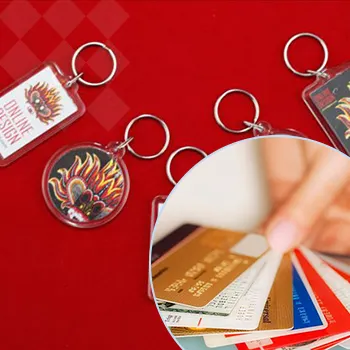
Most business cards are made of paper, but that doesn't mean your card has to follow suit. Using different materials can make your card stand out.
Why opt for plastic cards?
Plastic cards are durable and give a high-end feel. They withstand wear and tear better than paper, making them ideal for long-term use. If you operate in a rugged tech environment, this can be a game changer.
Other Material Options
Think about metal, wood, or even fabric. These materials can add a unique touch but be mindful of the costs and potential impracticalities. Balance creativity with functionality.
Sustainability Considerations
Eco-friendly options are growing in popularity. Recyclable and biodegradable materials can help you make a positive impact on the environment, enhancing your brand's image as socially responsible.
Design Layouts and Templates
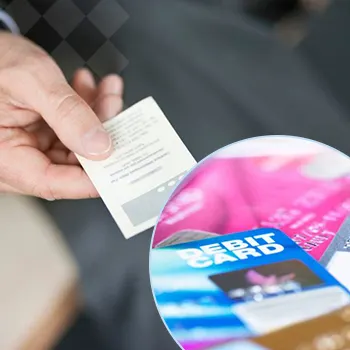
Deciding on a layout can be overwhelming. Should you go minimalist or opt for a more detailed design? Your choice should reflect your personal style and professional branding.
Simpler Layouts
Minimalist designs are clean and straightforward. They focus on essential information and avoid clutter, making it easy for recipients to find what they need quickly.
Detailed Templates
If you have more information to share, a detailed layout might be better. This can include additional sections for testimonials, awards, or a brief company description.
Custom vs. Pre-made
- Custom Designs: Tailored precisely to your needs but usually more expensive.
- Pre-Made Templates: Budget-friendly and faster to produce. They offer a variety of professional designs.
Adding Visual Appeal
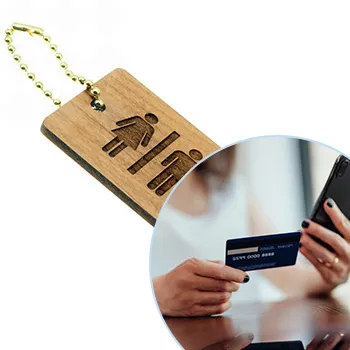
Visual elements can make your card pop but should complement the overall design, not overshadow it. Photos, graphics, and even subtle patterns can enhance the aesthetic quality of your card.
Using Professional Photos
A small, professional headshot can add a personal touch to your card. Ensure the photo is high-quality and appropriately sized to not dominate the layout.
Effective Graphics and Icons
Small icons for contact details and social media profiles can make your card more intuitive. Stick to simple, clean graphics to maintain a professional look.
Background Patterns
Subtle background patterns can add depth and interest to your design. Avoid overly complex designs that can distract from your essential information.
Printing Techniques and Finishes
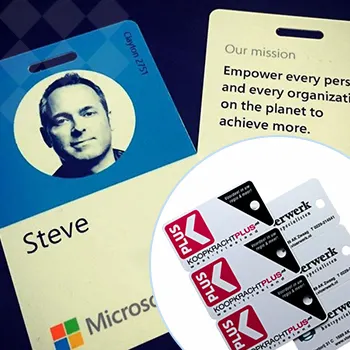
Your design might look great on the screen, but the print quality is just as important. The right printing techniques and finishes can elevate your business card to another level.
Choosing the Printing Method
Standard printing methods like offset or digital printing are both effective. The choice often depends on your budget, the quantity needed, and the desired quality.
Special Finishes
Think about adding finishes like glossy, matte, or embossed textures. These can add a tactile element to your card, making it more memorable upon first touch.
Cost vs. Quality
While premium printing techniques and finishes can be more expensive, they often provide a higher return on investment in terms of first impressions and durability.
Effective Use of Space
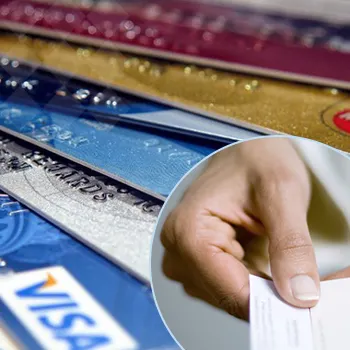
Maximizing space without overcrowding is a balancing act. Efficient use of space ensures your card contains all necessary information while still being visually appealing.
White Space is Key
White space, also known as negative space, helps make your card look clean and organized. It directs the reader's eye to the most important elements without feeling cluttered.
Avoiding Overcrowding
Resist the urge to include every detail about your career. Focus on the essentials; your business card is not a mini-resume. Keep it concise and to the point.
Front and Back Utilization
Consider using both sides of the card. While the front can display your primary contact information, the back can be used for additional details, such as QR codes or a tagline.
Integration with Digital Tools
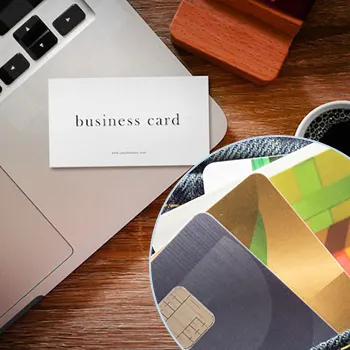
Combining traditional business cards with digital tools can provide a seamless experience for your contacts. This is especially relevant for tech professionals who are often early adopters of new technology.
Digital Business Card Apps
Digital business card apps can supplement your physical cards. They allow you to share your information electronically, reducing the need for carrying multiple cards.
Near-Field Communication (NFC)
Consider NFC-enabled business cards. These can transfer your contact info directly to a smartphone with a simple tap, making networking more efficient than ever.
Online Portfolios
Linking to an online portfolio is a smart way to showcase your projects and skills. Ensure the link is easy to type or better yet, accessible via a QR code.
Continuous Updates and Revisions
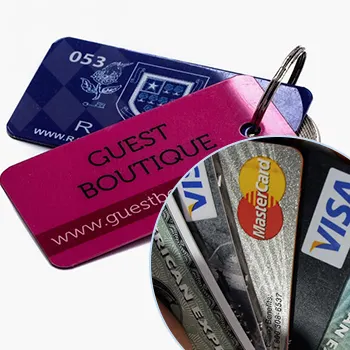
Regularly updating your business card ensures that it remains relevant and accurate. Changing positions, phone numbers, or email addresses means your cards should be updated accordingly.
Frequency of Updates
Revise your business card at least once a year or whenever you undergo significant career changes. This keeps your network updated with your current information.
Customer Feedback
Don't hesitate to seek feedback on your business card from peers or clients. Constructive criticism can offer insights that help improve your card's effectiveness.
Staying Trendy
Keep an eye on design trends within the tech industry. Adapting to current styles can help your card stay fresh and relevant.
Maintaining Consistency with Branding
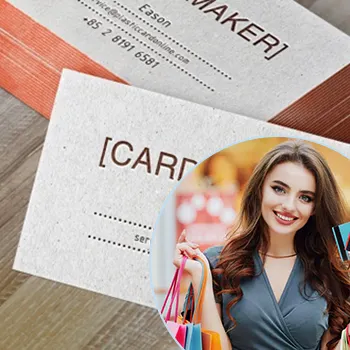
Consistency in branding across all business materials is paramount. Your business card should align with your other marketing collateral in both design and tone.
Aligning with Company Branding
Use the same color schemes, fonts, and logos as your other branded materials. This creates a cohesive look that reinforces your brand identity.
Professional Image
A consistent branding approach enhances your professional image. It shows that you pay attention to detail and care about how your brand is perceived.
Template Use for Consistency
- Use the same template for all employees to maintain a unified look.
- Ensure consistency in brand messaging across all contact points.
- Review and update templates periodically to keep them current.
Get an Instant Quote
Visit PlasticCardID to get started!
Call to Action
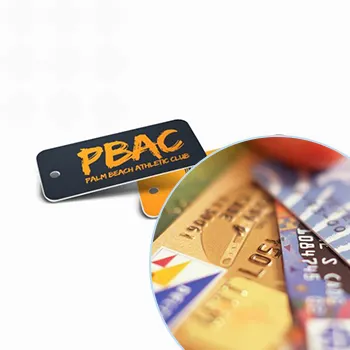
Ready to revamp your business card? By now, you should have a good handle on what it takes to create an effective and attractive card that sets you apart in the tech industry. Here at Plastic Card ID, we offer expertise in helping you design the perfect business card to suit your needs. Call us today at 650-300-9340 to get started on crafting a business card that truly represents you. Your next networking opportunity could be just a card away!
Next Page

